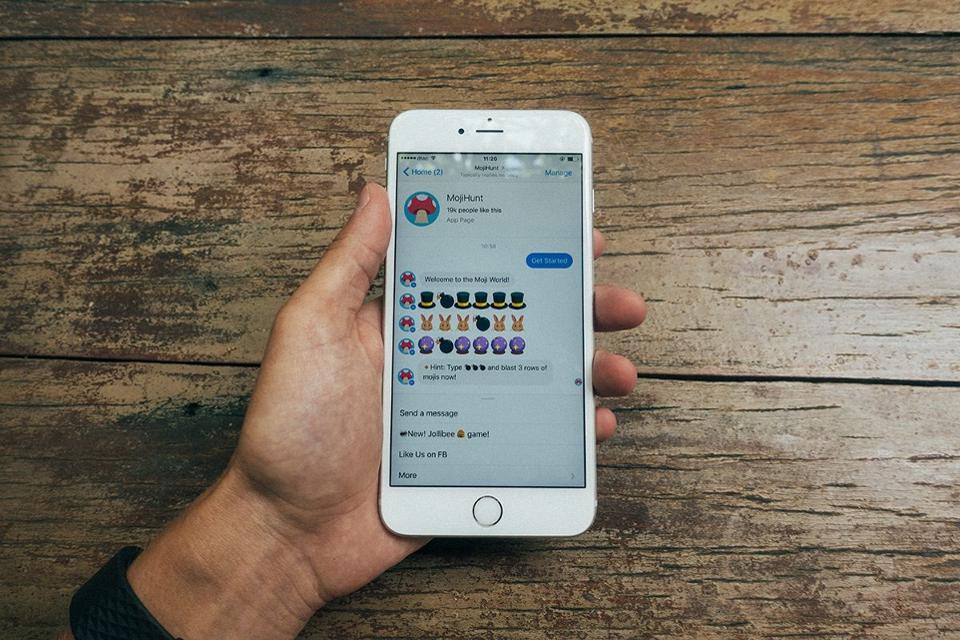Three company patents propose solutions when it comes to backlighting LCD panels, capturing the pupil and connecting HMDs wirelessly
Oculus also frequently visits the patent office. While this is usually not indicative that this hardware will be present in the next generations of products of any company. When viewed alongside other news, you can give an estimate of which direction the industry as a whole is heading. Below we list the fruit of the latest research of the Facebook subsidiary:
Advanced light panel for LCD:
It would consist of a backlight system from the edges for LCD panels. Composed of two or more RGB LEDs inside a flexible tube to replicate the colors more correctly, instead of the exclusively blue modified to look like white commonly used, with the sole purpose of offering an acceptable brightness. This would significantly expand the color gamut that the screen would produce and reduce ghosting. It could interlace throughout the panel and offer a higher pixel density.
Pupillary monitoring
A system composed of two lights and one camera per eye, located inside the helmet, would capture the reflections in the cornea and the deformations produced by the movements of the ocular muscles to create a 3D representation of two spheres that would represent the pupil and cornea, and would serve as a software to determine where we are devoting attention.
Repeaters for wireless HMDs AR / VR use
On the one hand the viewfinder and the computer would be connected through a 60hz directional beam (WiGig). In case the user leaves the range of action, the repeater paired to both the terminal and the helmet by means of a radio signal, could intervene to complement the information sent by the viewfinder in case the user leaves the range of action . Counteracting information and eliminating signal noise.









